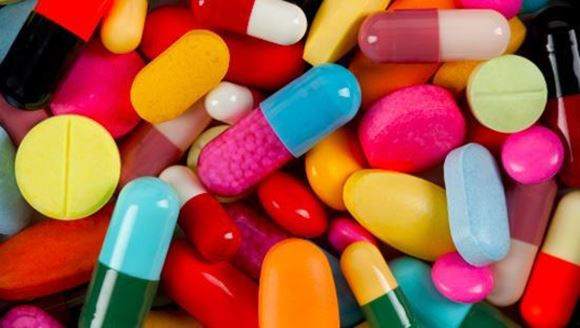Got Drugs? Neuropsychopharmacology Does! - Do you know what happens in your body when you take a dr
- Greta Johnson
- Apr 25, 2018
- 3 min read

“I took a pill in Ibiza”
sang Mike Posner (2015). Well, depending on what pill Posner took, the action of the pill could vary! Perhaps it inhibits enzymatic inactivation of a neurotransmitter, like marijuana, or perhaps it was a neurotransmitter release stimulator, like methamphetamine, or maybe it stimulated the synthesis of dopamine, such as L-DOPA. Who knows? Regardless, the mechanism of action of drugs is fascinating. There is a class at UConn offered solely about drugs and their effects on behavior, appropriately named “Drugs and Behavior”, and all the information in this article is from materials presented in that class by Dr. John Salamone.

What exactly is a drug? A drug is any form of ingestion/injection that can induce some sort of side effect, whether it be physiological and/or psychological; it usually ends up being both. The study of drugs and behavior is called “neuropsychopharmacology.”
There are various neurotransmitters in the brain that communicate with other neurons in the brain. Neurotransmitter release in cells are triggered by a phenomenon called “action potentials” and action potentials are the electrical signals in a cell. Drugs usually impact the brain by acting on various parts of chemical neurotransmission. There are five stages of chemical neurotransmission, synthesis, storage, release, postsynaptic effect, and inactivation.
Many drugs act on synthesis of neurotransmitters. An example of a drug that acts on neurotransmitter synthesis is a drug called “L-DOPA.” L-DOPA is a precursor for the synthesis of dopamine. Dopamine is depleted in patients with Parkinson’s, and L-DOPA can be given to them for alleviation of their Parkinson’s symptoms. Another drug that stimulates synthesis of neurotransmitters is a drug called “alpha-methyl dopa”, which is used for treatment of high blood pressure.
Before neurotransmitters are released, they need to be stored. Many antipsychotic drugs are used to treat schizophrenia, and they work by blocking transporters that take drugs to be stored. Since they block storage, they deplete the postsynaptic receptor of neurotransmitters dopamine, norepinephrine, epinephrine, and serotonin.
Neurotransmitters being released, as already mentioned, are triggered by an action potential. Action potentials allow calcium to enter the terminal, and this influx of calcium induces effect of neurotransmitters. ADHD drugs, like methylphenidate (Ritalin), and amphetamines actually work by releasing dopamine, norepinephrine, epinephrine, or serotonin into the synapse: they have a lot of potential to be abused.
Postsynaptic effect has a huge impact on an individual. Basically, postsynaptic effect receptor activation is linked to metabotropic channels, meaning it leads to secondary pathways. It can essentially lead to “long term changes in gene expression in a neuron” (Salamone, 2016), in which case, a lot of things could change in an individual. Alcohol and marijuana are examples of drugs that affect postsynaptic effect.

Inactivation of neurotransmitters is done by enzymes that break down the neurotransmitter into smaller substances that are then recycled. An example of a drug that inhibits inactivation of neurotransmitters is Cognex, a drug used to treat Alzheimer’s disease. A few other common examples of drugs that block inactivation are cocaine, various amphetamines, and Prozac (an antidepressant).
The action of the drugs obviously goes much deeper than this, this is barely skimming the surface. It is a very fascinating subject, as there are various types of drugs, various effects and side effects, and various diseases to treat with a simple concoction. As for neuropsychopharmacology, the possibilities are endless.
Mike Posner (2015). I Took a Pill in Ibiza. On At Night, Alone [CD]. United States: Island. (2014).
Salamone, J. (2016). Drugs and Behavior First Half 2017 SPRING for POSTING. [PowerPoint slides]. Retrieved from lms.uconn.edu
http://droualb.faculty.mjc.edu/Course%20Materials/Physiology%20101/Chapter%20Notes/Fall%202007/figure_08_02_labeled.jpg picture idea!
Picture idea: attached pic to the email








Comments